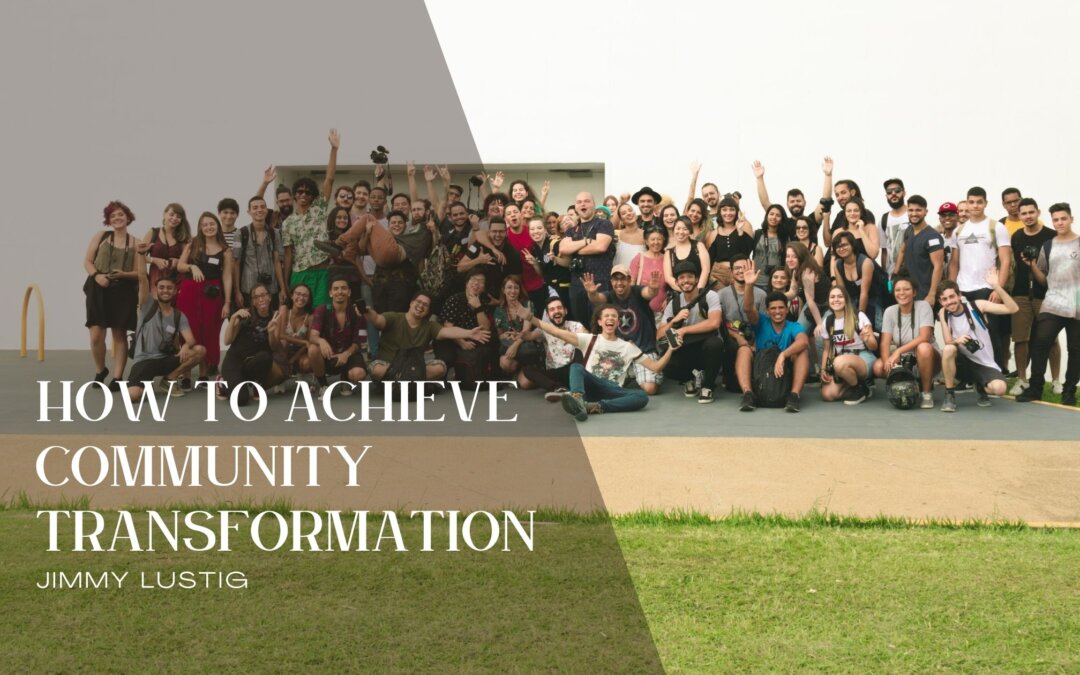Community transformation is a complex process involving a positive change in a community’s social, economic, and environmental conditions. Community transformation requires a collaborative effort among community members, organizations, and stakeholders and a sustained commitment to making a difference.
Identify the Community’s Needs and Assets
The first step in achieving community transformation is identifying the community’s needs and assets. This involves thoroughly assessing the community’s strengths and weaknesses, resources and challenges, and opportunities and threats. You can gather this information through various methods, such as surveys, focus groups, interviews, and data analysis. By understanding the community’s needs and assets, you can develop a comprehensive plan for community transformation.
Build Strong Community Partnerships
Community transformation requires building solid partnerships and collaborations among community members, organizations, and stakeholders. You can build these partnerships by contacting local businesses, non-profit organizations, government agencies, and community leaders. You can also organize community meetings, events, and forums to unite people and foster a sense of shared ownership and responsibility. By building strong community partnerships, you can leverage the community’s collective knowledge, skills, and resources to achieve common goals.
Develop a Comprehensive and Actionable Plan
Once you have identified the community’s needs and assets and built strong partnerships, developing a comprehensive and actionable plan for achieving community transformation is next. Your plan should include specific goals, strategies, and action steps for addressing the community’s most pressing issues and opportunities. You should also establish a clear timeline, budget, and evaluation plan for tracking progress and measuring success. By developing a comprehensive and actionable plan, you can ensure your efforts are focused and effective.
Implement Evidence-Based Programs and Interventions
Community transformation requires implementing evidence-based programs and interventions that effectively address the community’s needs and assets. You can use research and data to identify best practices and evidence-based approaches for addressing specific issues, such as poverty, crime, education, and health. You can also partner with local universities, research institutions, and non-profit organizations to access your area’s latest research and expertise. By implementing evidence-based programs and interventions, you can maximize the impact of your efforts and achieve sustainable change.
Engage and Empower Community Members
Achieving community transformation requires engaging and empowering community members to be active participants in the process. You can engage and empower community members by providing opportunities for them to share their ideas, concerns, and feedback and by involving them in decision-making and implementation processes. You can also provide training, education, and leadership development programs to help community members build their skills and capacity to contribute to the transformation process. Engaging and empowering community members ensures that your efforts are inclusive, responsive, and sustainable.
Evaluate and Adapt Your Strategies
Achieving community transformation is an iterative and ongoing process that requires continuous evaluation and adaptation of your strategies and approaches. You should regularly monitor and evaluate your progress and outcomes and use this information to make informed decisions and adjust your system. You should also seek feedback and input from community members, partners, and stakeholders to ensure your efforts meet their needs and expectations. By evaluating and adapting your strategies, you can ensure that your efforts are effective, efficient, and responsive to the community’s evolving needs.
Community transformation requires a collaborative and sustained effort among community members, organizations, and stakeholders. By identifying the community’s needs and assets, building solid partnerships, developing a comprehensive and actionable plan, implementing evidence-based programs and interventions, engaging and empowering community members, and evaluating and adapting your strategies, you can bring about positive change in your community’s social, economic, and environmental conditions. While achieving community transformation is a challenging and complex process, it is also a rewarding and fulfilling experience that can impact the lives of community members and the community as a whole.

